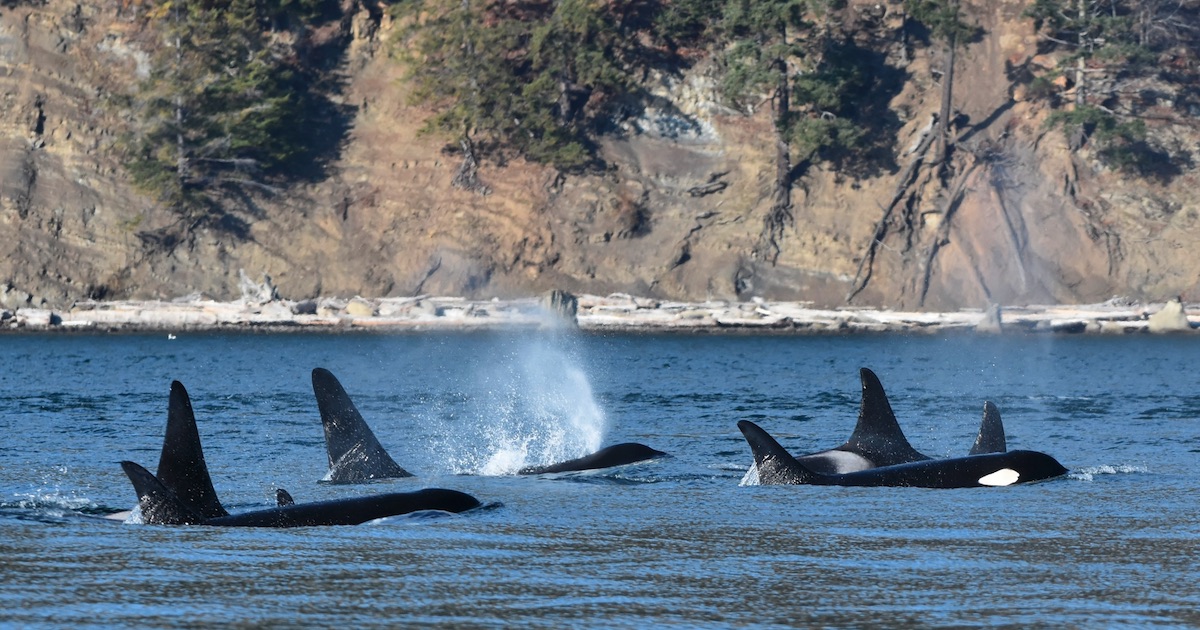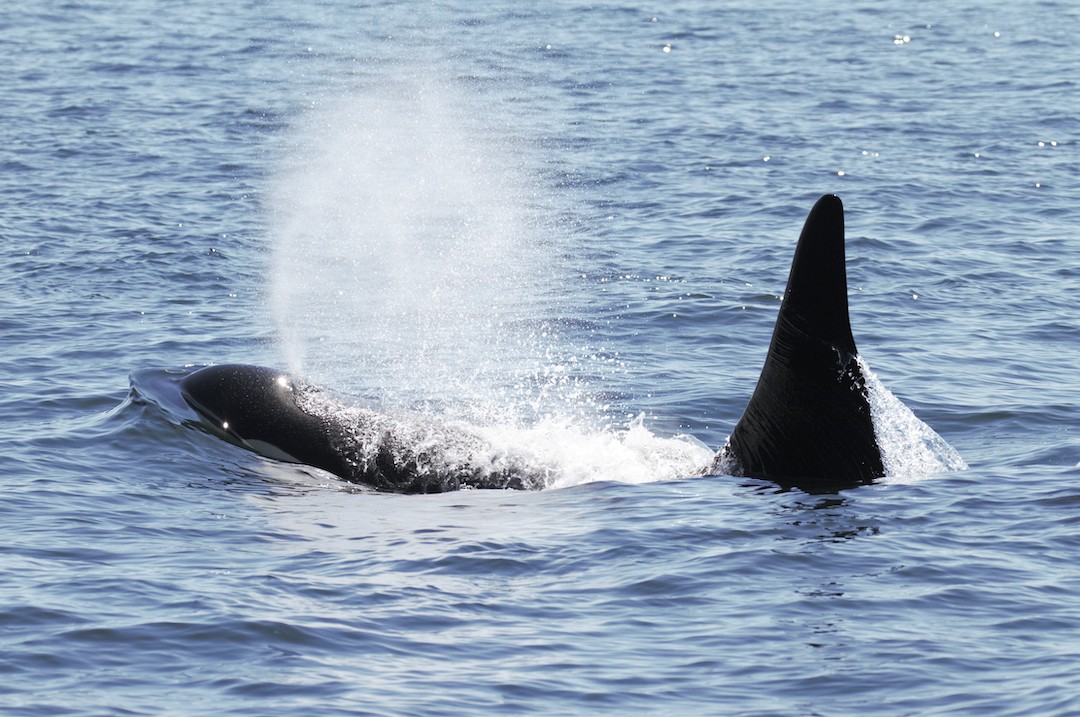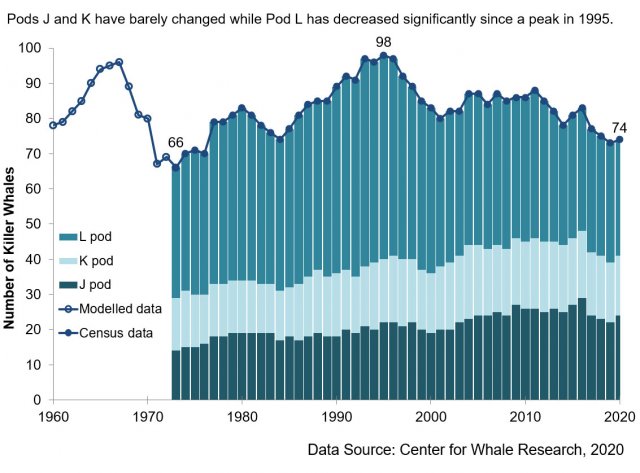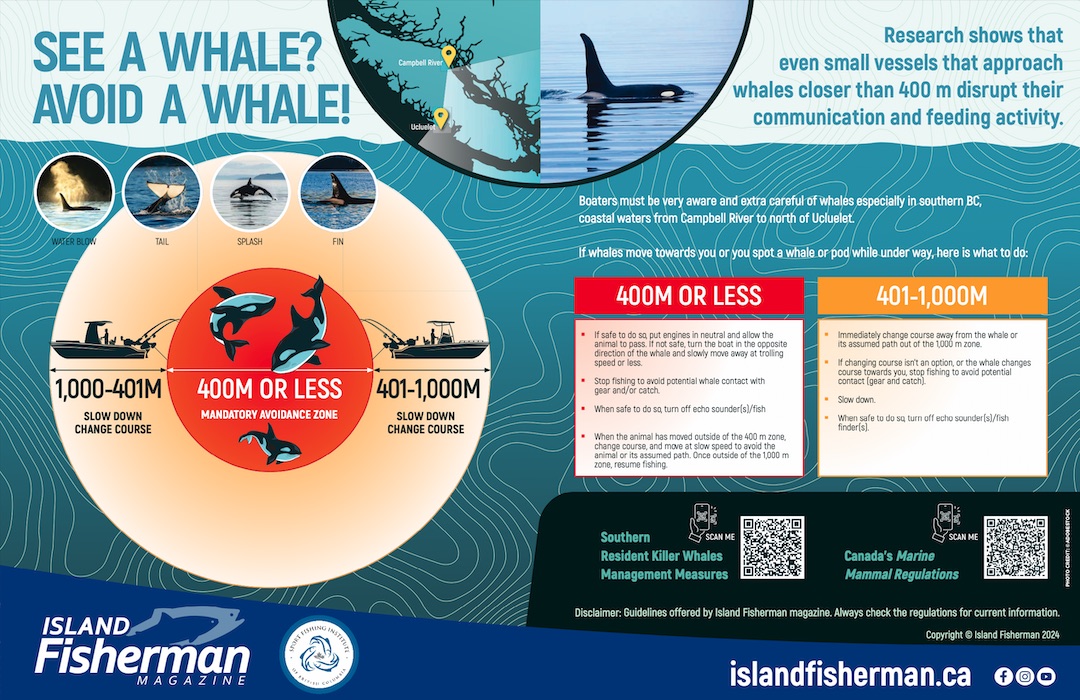
The survey, titled Survey on potential 2024-2025 management measures to support southern resident killer whale recovery, was created by the Federal government as part of their consultation process. The survey has been out since January 12, 2024 and participants have until February 12, 2024 to respond to its questions. The survey provides feedback on the 2023 measures and proposed adjustments for 2024-2025.
Scroll to the end of this article if you would like to quickly take the survey, however, for background information, please read on…
Since 2018 the Federal government has implemented measures to protect Southern Resident Killer Whales (SRKW’s) that include: Protecting key foraging areas (Fraser River mouth, southern Gulf Islands, Juan de Fuca Strait, Swiftsure Bank). The measures include salmon fishing closures, mandatory distance avoidance, interim sanctuary zones and boat speed reduction regulations.
The survey provides the government with feedback on the 2023 measures and the proposed adjustments for 2024 and 2025.

Southern Resident Killer Whale. Photo: Dan Kukat Photo: Spring Tide Charters
It is critically important that anglers, particularly those who are impacted by existing regulations and the proposed changes, fill out and submit this short survey. It is important because those who oppose recreational angling will certainly make their views known, as a means of further restricting public access to marine waters.
Island Fisherman Magazine will not provide answers for the questions, a tactic that was previously used by one influential environmental group. Instead, this introduction will provide information that will help you understand the SRKW issue and fill out the questionnaire.
SRKW Information
- SRKW’s have been depressed for over five decades
- By 1970 live whale removals for aquarium display left 71 whales in the wild. There are currently 74 members in J, K and L pods, far below the high of 98 animals in the late 1990’s.
- Other killer whale populations have increased over the same time period. The salmon eating Northern Resident Killer Whales (NRKW’s) have doubled to over 300 animals. Their territory partly overlaps the SRKW’s southern BC range.
- SRKW’s also share their territory with: Commercial shipping, whale watching operations (now significantly regulated) and competition for food from recovered pinniped and NRKW populations.
- SRKW’s face reduced salmon production from the California to the Fraser River. This loss has been partly offset by Chinook and coho from Canadian and US hatcheries.
- They suffer from significant pollution
- SRKW’s have few breeding age females

SRKW Population Chart. Source: Center for Whale Research
Angler Issues with the Government’s Plan
Anglers fully support SRKW recovery. However, they oppose regulations that do not work and threaten important coastal community social-economic stability. As an alternative plan angling advisors proposed a ‘moving avoidance bubble’ in 2019. This means anglers slowly move the required distance away from SRKW’s, when they appear, and stay away until whales leave the area. For the most part it has not been acted upon by the federal government.
“Bubble Approach” Supported by the Angling Community
- The bubble is easy to understand versus the complexity of the government approach.
- It works anywhere on the coast versus complicated annual changes to fixed closures.
- It brings Canada’s measure in line with existing regulations in Washington State.
- Closures are only useful when the whales are there, which occurs for a small portion of the total closure times.
- It is impossible to measure the effectiveness of fixed closures relative to the total impacts on SRKW’s.
- Fixed closures create real financial hardship in communities like Port Renfrew.
- Opinion articles from the angling community can be found here.
Island Fisherman SRKW Avoidance
If you would like to print off our free PDF, click the below image:
If protecting endangered SRKW’s through sensible management measures, while preserving reasonable recreational fishing access, is important to you fill out the questionnaire before February 12, 2024.
For more information about SRKW by Island Fisherman, click here.
Visit the Store
$34.99
$34.99
Featured Catch

Joel Unickow halibut (Photo: Rob Frawley Lucky Strike Sportfishing Tofino)








